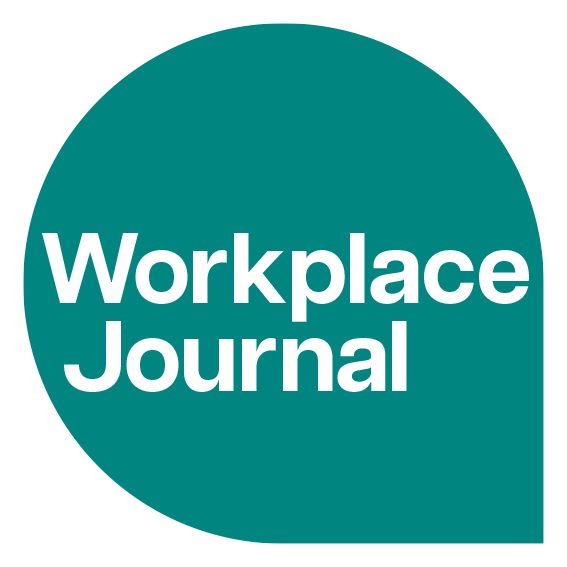Small and medium-sized enterprises (SMEs) are facing a growing productivity challenge as the boundaries between work and home life continue to erode.
According to Microsoft’s latest Work Trend Index, the rise of hybrid and remote working has contributed to the emergence of the “infinite workday” – a pattern in which employees work across early mornings, evenings, and weekends.
Microsoft’s research indicated that one-third of employees now engage in work activities outside of traditional hours, and nearly one in three say the pace of work has become “impossible” to maintain.
This shift has become especially problematic for SMEs, which typically lack the resources of larger firms to manage employee wellbeing and mitigate burnout risks.
Joe Phelan, business bank accounts expert at money.co.uk, highlighted the specific threat this trend poses to smaller firms.
He said: “Small business owners face a growing challenge: the ‘infinite workday’ is stretching hours and draining productivity.
“To protect teams from burnout and sustain creativity, leaders must set clear boundaries, rethink workflows, and prioritise wellbeing.”
The causes are largely structural. Increased connectivity, frequent digital notifications, fragmented work calendars, and an expectation of rapid responses contribute to longer working hours and reduced downtime.
The issue is not one of reduced effort or motivation, but of overwork and poor workflow design.
The 2025 Burnout Report reinforced this picture, finding that many employees continue working through high levels of stress without adjusting their schedules or seeking support.
The report noted that this culture of presenteeism – where individuals continue to work despite being mentally or physically exhausted – masks the real impact on output and wellbeing.
Only 29% of workers surveyed for the report said they felt fulfilled at work.
Many reported feelings of boredom or loneliness, and difficulty switching off from work responsibilities.
The data also suggested external pressures such as sleep disruption, financial stress, and health concerns further impact productivity.
This lack of visibility around stress presents an operational risk for SMEs, where signs of burnout may go unnoticed.
Without dedicated HR teams or internal wellbeing resources, small businesses may face increased turnover, leadership fatigue, and reduced innovation capacity.
Phelan said the solution lies in clear structural changes to how work is managed: “The future of work doesn’t have to be defined by endless hours; it can be shaped by clear boundaries and smart strategies that help everyone work smarter, and live better.”

















